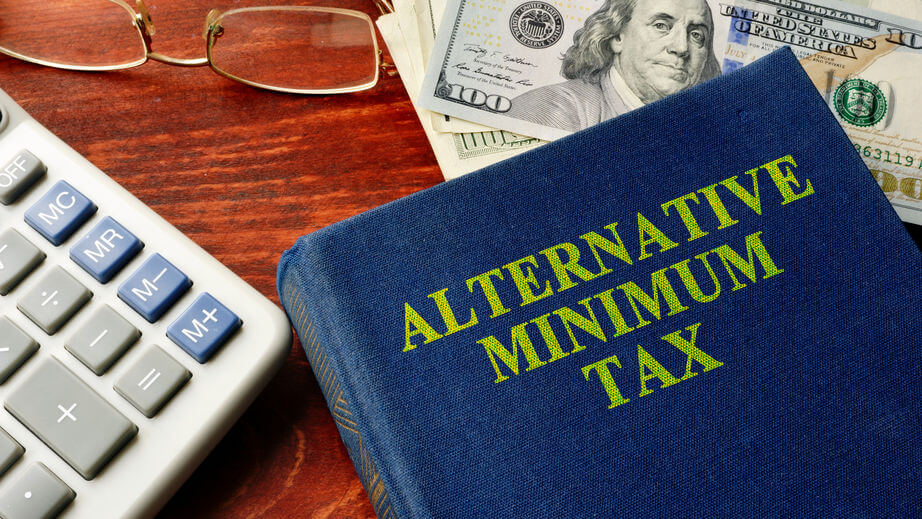
Wondering how the changes in last year’s tax laws will affect your alternative minimum tax this year? The 2018 Trump Tax Reform offered significant amendments to the tax liabilities and benefits afforded to individuals–one of these changes being the Alternative Minimum Tax (AMT).
As the tax professionals for Glendale, Burbank, Pasadena, we’ve broken down the AMT process and changes for you so you’re prepared for your 2019 personal tax return.
What is the Alternative Minimum Tax? How is it Calculated?
The alternative minimum tax is an income tax higher income taxpayers use to ensure they’re paying at least a minimum amount of tax. Established in 1969, the AMT was implemented to prevent higher income individuals from avoiding the individual tax return after applying multiple tax deductions.
To calculate your alternative minimum tax, you calculate your income tax once under regular rules and once under AMT rules, and pay the higher of the two. The AMT rules use a different set of rules than the standard tax system–namely it has a different tax structure, eliminates common deductions, and includes additional income streams not counted by regular rules. Due to these big differences, the AMT is typically higher than the regular tax.
Depending on the number of tax deductions you have, calculating your alternative minimum taxable income can be quite complicated. Fortunately, your tax advisor will be able to do the hard work for you.
What are the Changes to the Alternative Minimum Tax for 2019?
When the alternative minimum tax was created in 1696, it was not indexed for inflation. Thus, the AMT started to affect more individuals than it was originally intended to, particularly middle class Americans.
Therefore, significant changes were made to the alternative minimum tax in 2018 by the Trump Tax Plan. The Tax Cuts and Jobs Act increased the AMT exemption and makes sure the exemption amounts will be indexed for location each year in the future, ensuring the AMT will continue to target only high income taxpayers.
The Alternative Minimum Tax Exemptions & Thresholds for 2019 is as follows:
2019 AMT Exemption Amount
Single or head of household: $71,700
Married filing jointly: $111,700
Married filing separately: $55,850
If you make more than the AMT exemption amount and use many common itemized deductions, it’s required you calculate your AMT.
2019 AMT Exemption Phaseout Threshold
Married filing jointly: $1,020,600
All others: $510,300
*AMT exemptions “phase out” at 25 cents per dollar earned once a taxpayer’s Alternative Minimum Taxable Income hits one of the above thresholds.
Need Help Calculating Your Alternative Minimum Tax? Contact Your Tax Advisor Today!
When it comes to your taxes, it pays to have a professional looking over your work. With 40 years of experience, the Enrolled Agents at Robert Hall & Associates can make sure you’re paying the correct minimum amount of taxable income for you.
2019 personal income tax returns are due by Wednesday, April 15, 2020. Don’t wait until tax season to get your alternative minimum tax questions answered!
